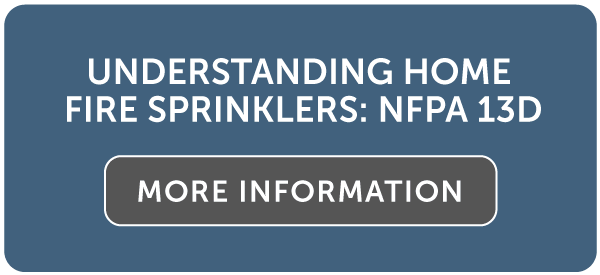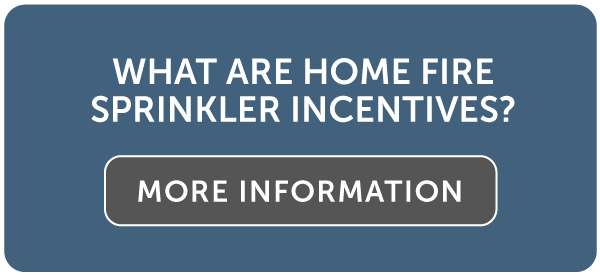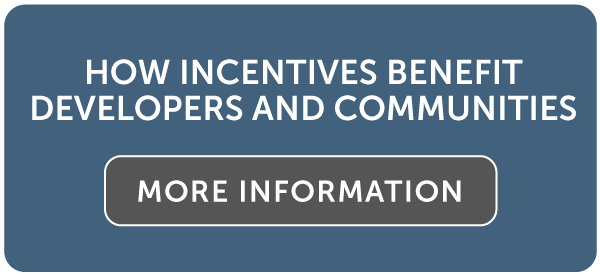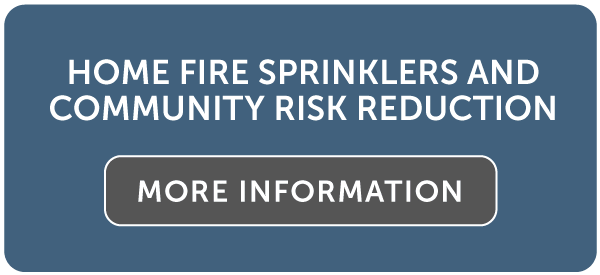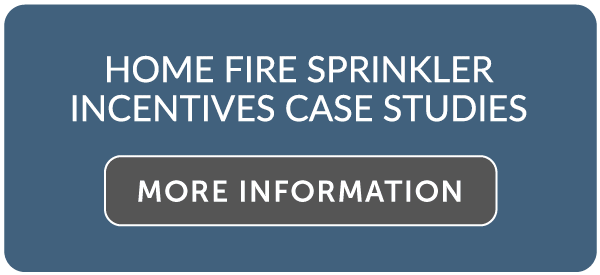Incentives Can Be Used When Home Fire Sprinklers Are Not In Local Codes
Building New Developments With Home Fire Sprinklers Can Increase Fire Safety for the Entire Community
Resources that might have gone to fighting fires can be focused on Community Risk Reduction (CRR). They can help reduce municipal operating expenses through lowered water demands.
Incentives offered to developers to build with sprinklers can reduce construction costs and increase profitability.
Incentives Can Be Offered in Jurisdictions Without Home Fire Sprinkler Code Requirements and Be Tailored to Every Situation
In jurisdictions without home fire sprinkler code requirements, AHJs can work with planners, builders and developers to provide cost-saving trade ups or incentives when the entire development is protected with home fire sprinklers.
Trade ups or incentives often allow better utilization of land and infrastructure cost savings. They can include:
Street-Width Reduction—Traffic lanes may be narrowed, substantially reducing the amount of pavement in every linear foot of street in the development.
Longer Dead-End Streets—Dead-end streets may be increased in length, allowing additional building lots to be accessed.
Tee Turnarounds Permitted—The permitted use of tee turnarounds in sprinklered developments can create at least one additional lot per cul-de-sac.
Increased Street Grades and Building Setbacks—Steeper street grades and building locations allowed further from where the homes access leaves the main road.
Additional Units Permitted—Development plans that allow homes to be closer together.
Expansion of Existing Water Supply May Not Be Needed—Required fire flows for fully sprinklered developments can be greatly reduced compared to non-sprinklered developments.
Increased Hydrant Spacing—Supply mains may be reduced and hydrant spacing can be increased.
Subdivision Single Access Point—A fully sprinklered subdivision allows for a single public access road. This decreases infrastructure costs and significantly increases the number of single family dwellings allowed.
Gated Communities—Gated communities can delay Fire Department Access. A fully sprinklered subdivision provides mitigation for this impact allowing developers to utilize this security option when desired.
Reduced Basement Windows—Fire sprinklers reduce rescue openings in every basement sleeping room.
Create Your Fire Safety Team
Fire safe communities start with planning. Work with local officials, planners and developers before plans are submitted. Communities can choose which incentives to offer that are specific to community needs. They are not one size fits all.

